A responsible road trip to Charlevoix for charcuterie, wine, and cheese.
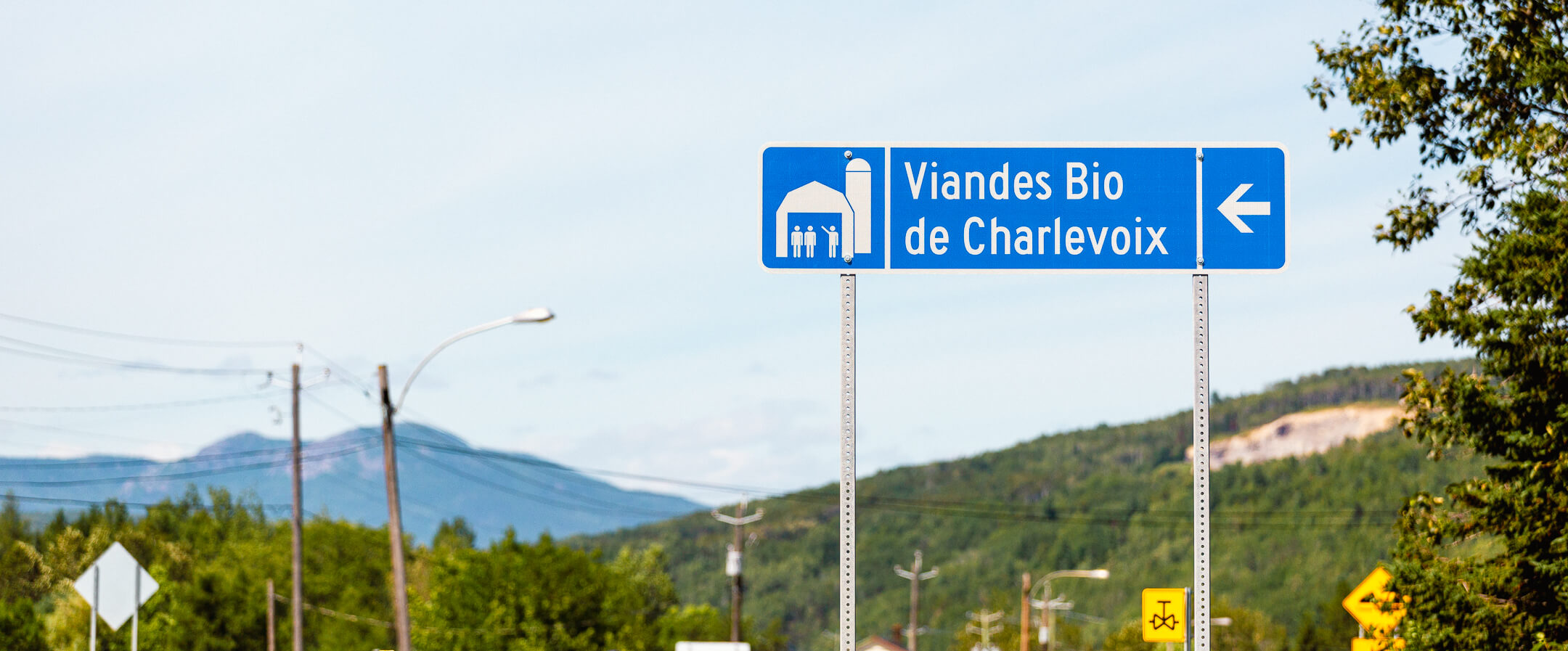
Every summer, we head to our partners’ fields, farms, and kitchens to get an inside look on their incoming bounty and projects. Embodying our values from A to Z, we’ve been eager to visit Les Viandes Bio de Charlevoix to learn more about how they prioritize environmental consciousness while putting animal welfare above all.
We turned a trip to this northern region into a journey to find the perfect local apéro, pairing responsible organic charcuteries with wine from Seigneurie de Liret and fine cheese from Fromagerie du Rang 9.
Keep scrolling to follow JP (our word whiz) and Ben (our Kodak king) on their two-day road trip.
Les Viandes Bio de Charlevoix, Charlevoix
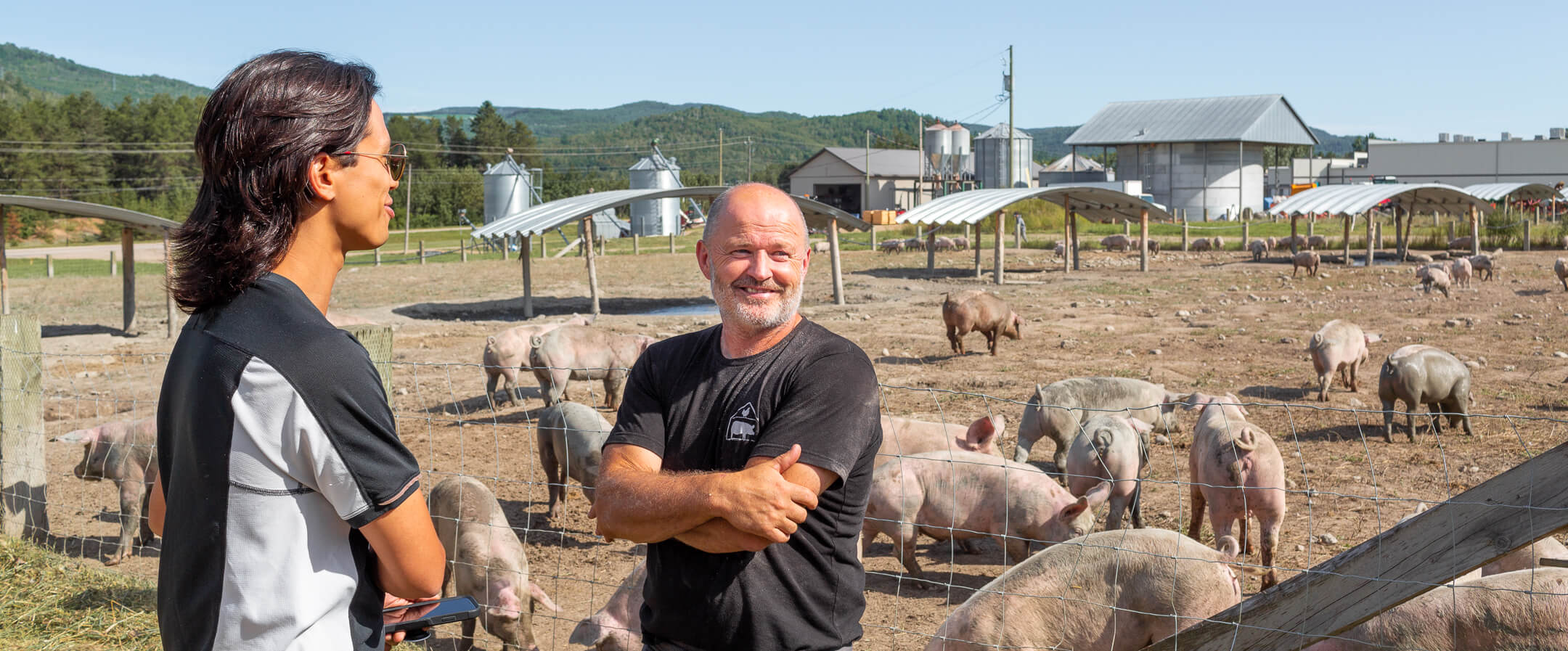
Coming from a ranching family, it’s long been Damien’s life goal to care for cattle and poultry. Along Charlevoix’s Le Gouffre River in Saint-Urbain, you’ll find the farm he now runs with his wife, Natasha. Together with their children (Félix, Elsa et Alexandra), the family’s committed to promoting a circular economy through every step of their production - from organic agriculture and charcuterie making to ethical breeding and local sourcing.
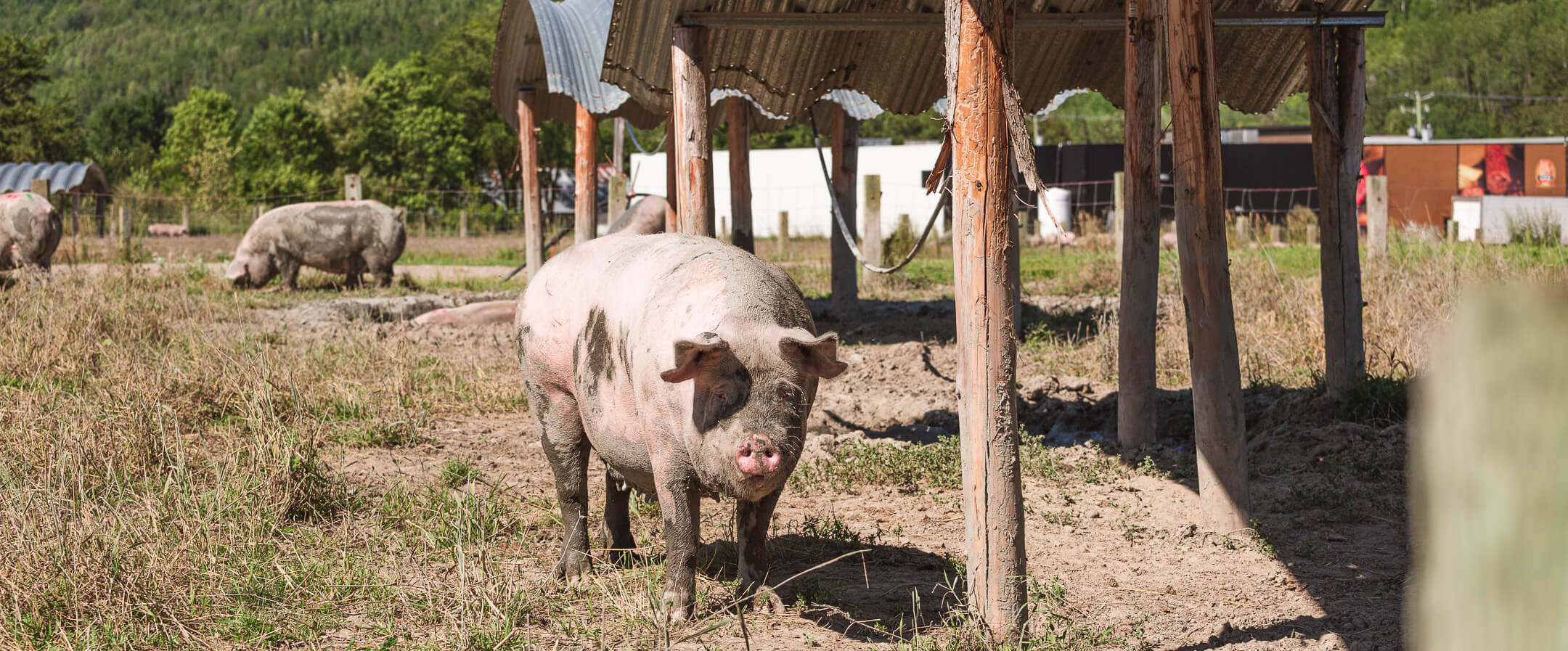
To feed their pigs and create straw bedding, Damien and Natasha grow their own organic grains and hay. Natur-a (another of our partners) provides them with okara, a pulpy by-product of soy milk that adds more protein to the feed while a little extra calcium and other minerals round out their recipe for a balanced diet. The sustainability loop is closed every week when the barn is scrubbed and the bedding is sent back to the fields as fertilizer.
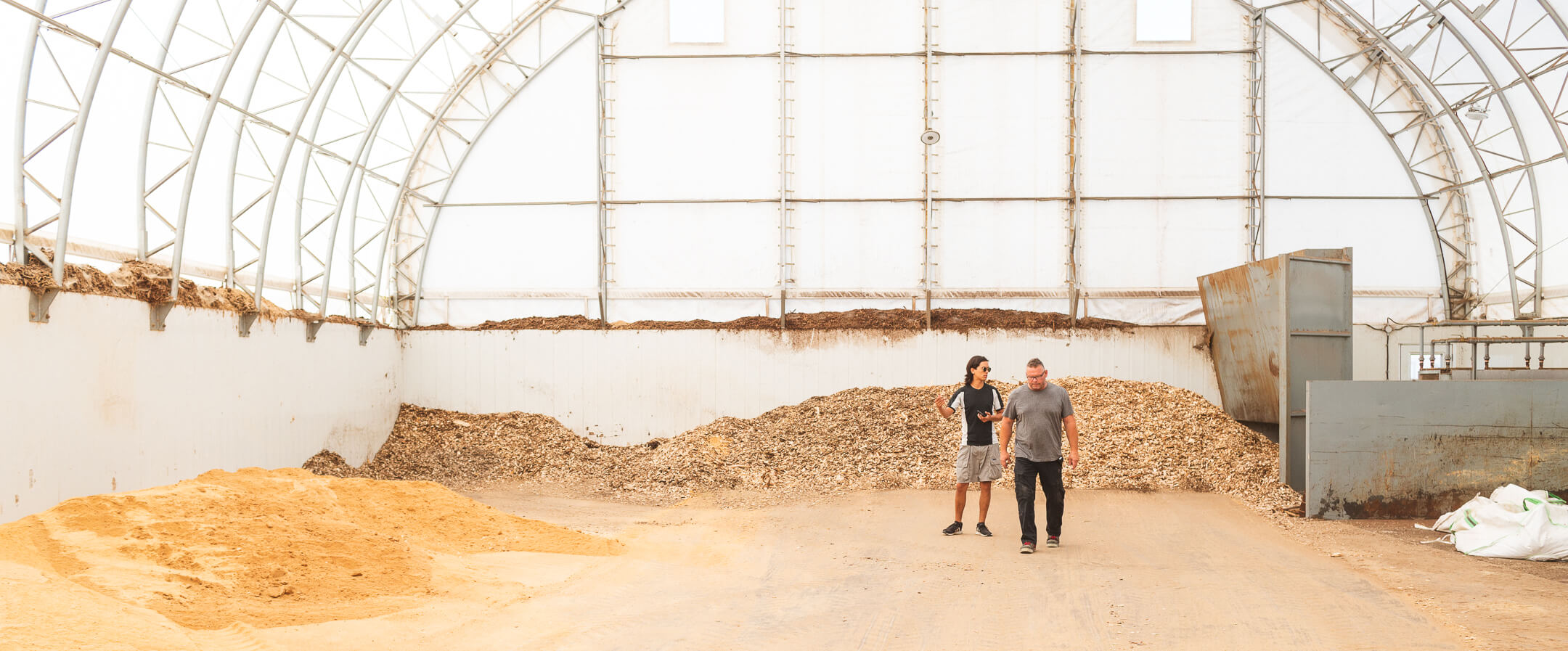
After an unfortunate fire caused by heat lamps, the team switched to biomass heating to prevent another incident. Their solution was twofold, combining animal welfare and eco-responsibility - using bark residues from the local forestry industry to heat the pigsty’s floor and the rest of the buildings.
La Seigneurie de Liret, Île d’Orléans
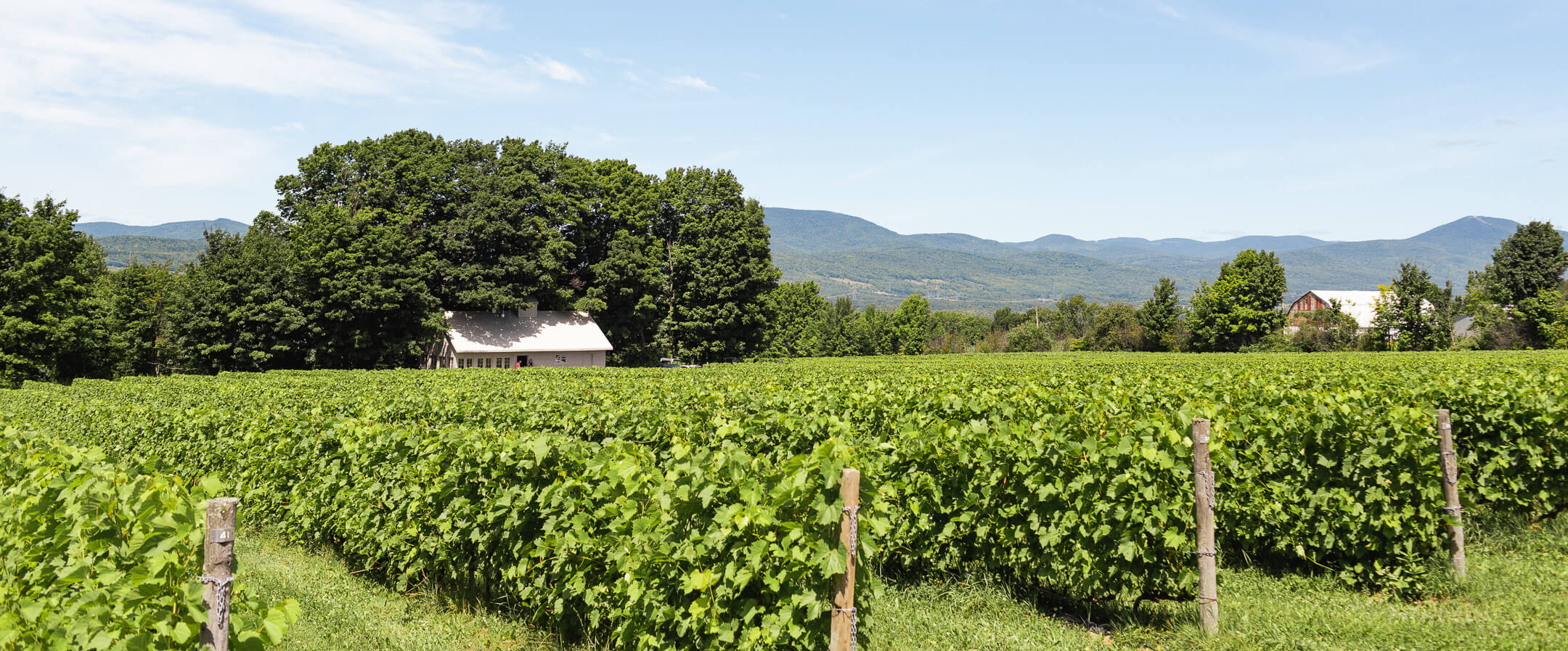
Gaétan owns a 65-hectare vineyard dating back to 1640 in Sainte-Famille on l’Île d'Orléans. An area of fertile land twice the size of Parc La Fontaine that stretches from the river to the middle of the island. Following a career in engineering (and on the verge of active retirement), Gaétan decided to fulfill his childhood dream of becoming a winemaker.
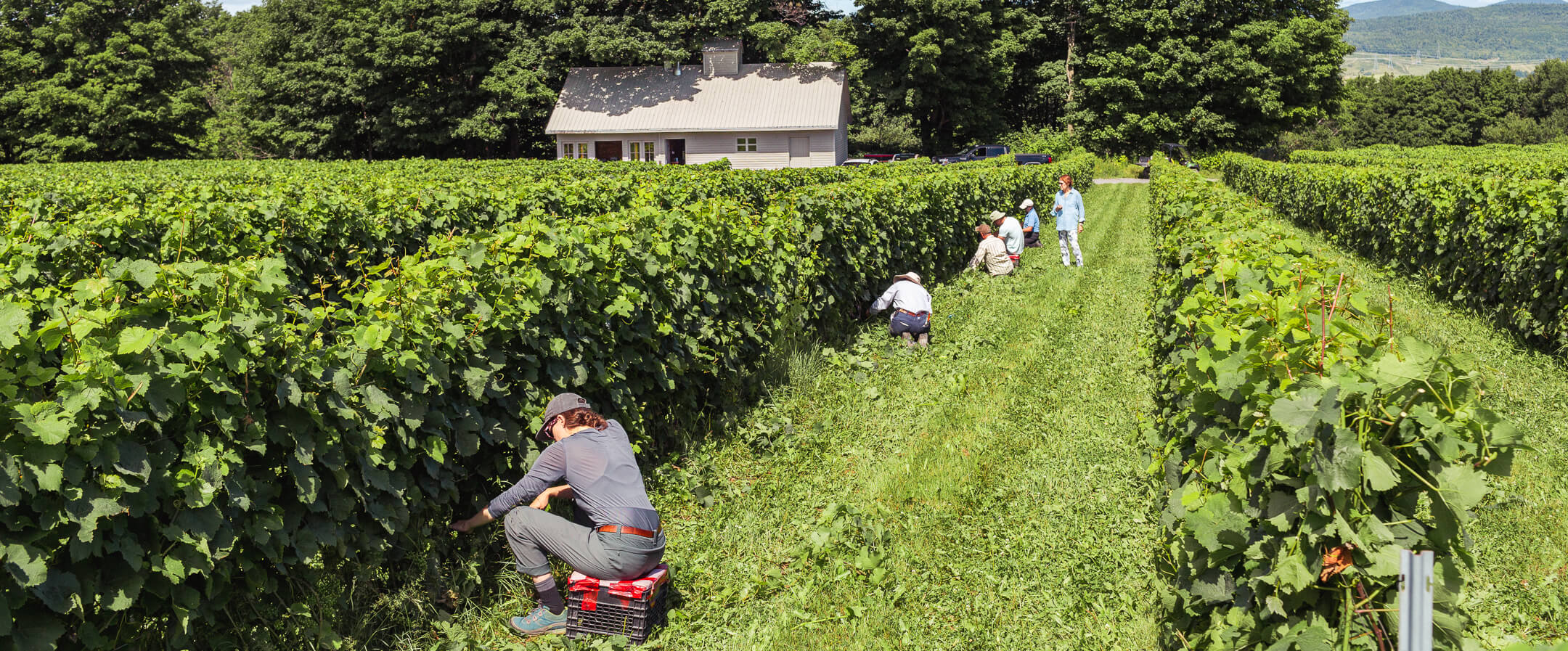
Cultivating organic grapevines is challenging - no pesticides or synthetic herbicides means that leaf removal and weeding are all done by hand, plant by plant. To fight fungus caused by bouts of heavy rain, Gaétan turns to an effective natural mixture of lime and copper. He also uses an algae concentrate the plants will recognize and absorb, strengthening them so they can tolerate extreme stress from heat waves, excess water, and more.
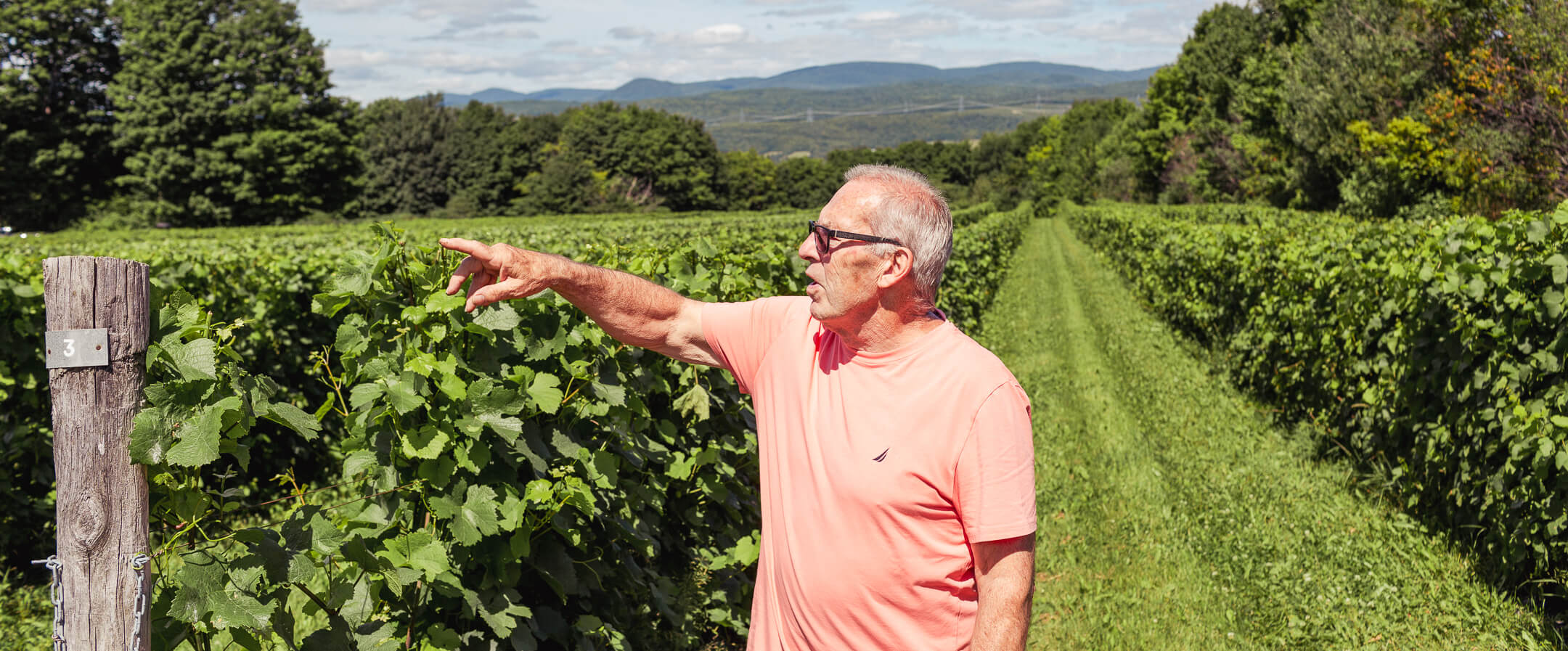
Although the island’s microclimate meant the vines avoided spring frost, a three-day heat wave in May harmed Gaétan’s grapes, throwing off the seasonal balance. This resulted in fewer bunches coming off the vines, but, with more stable temperatures now, he’s thrilled to see lots of healthy fruit.
La Fromagerie du Rang 9, Centre-du-Québec
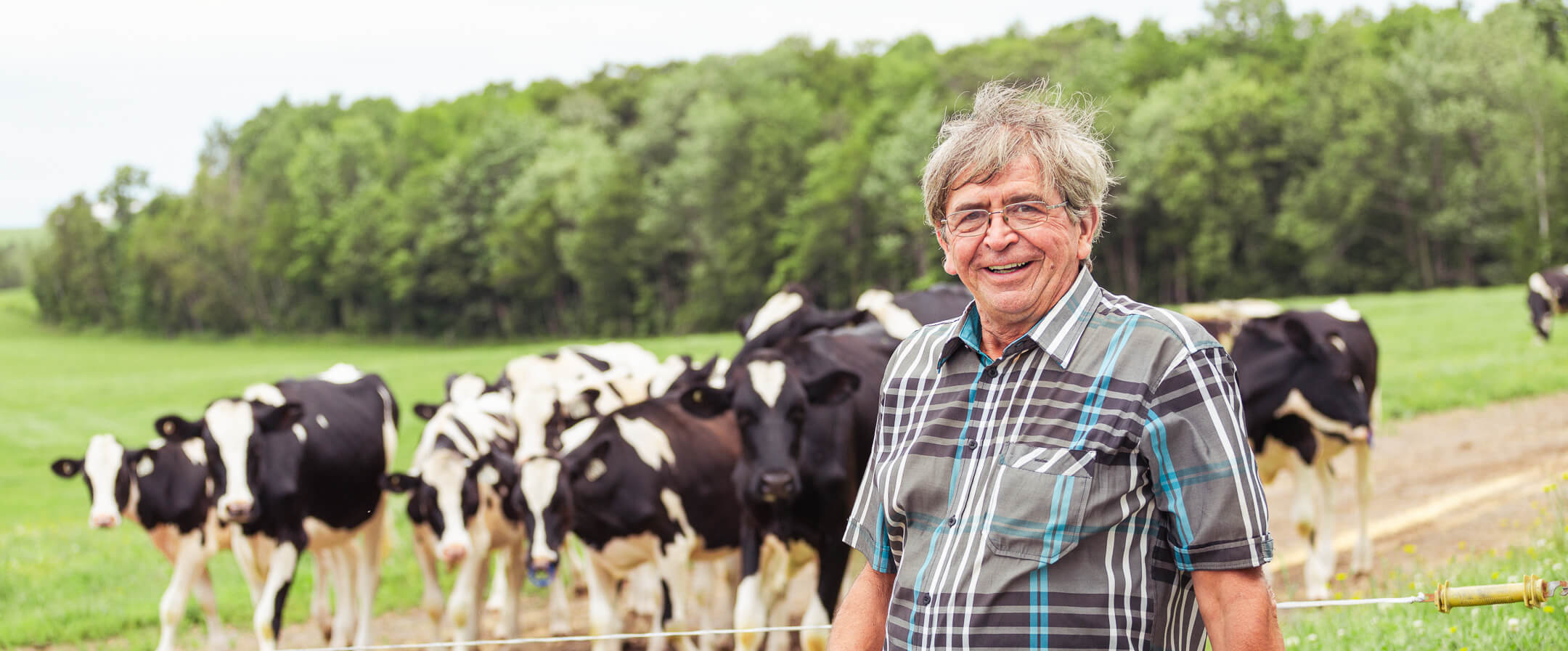
A decade ago, while serving as Plessisville’s mayor, Alain took over his father Gérard’s cheese factory. Their farm, located right next to their cheese atelier, dates back to the mid-19th century. Today, it houses over a hundred Holstein cows.
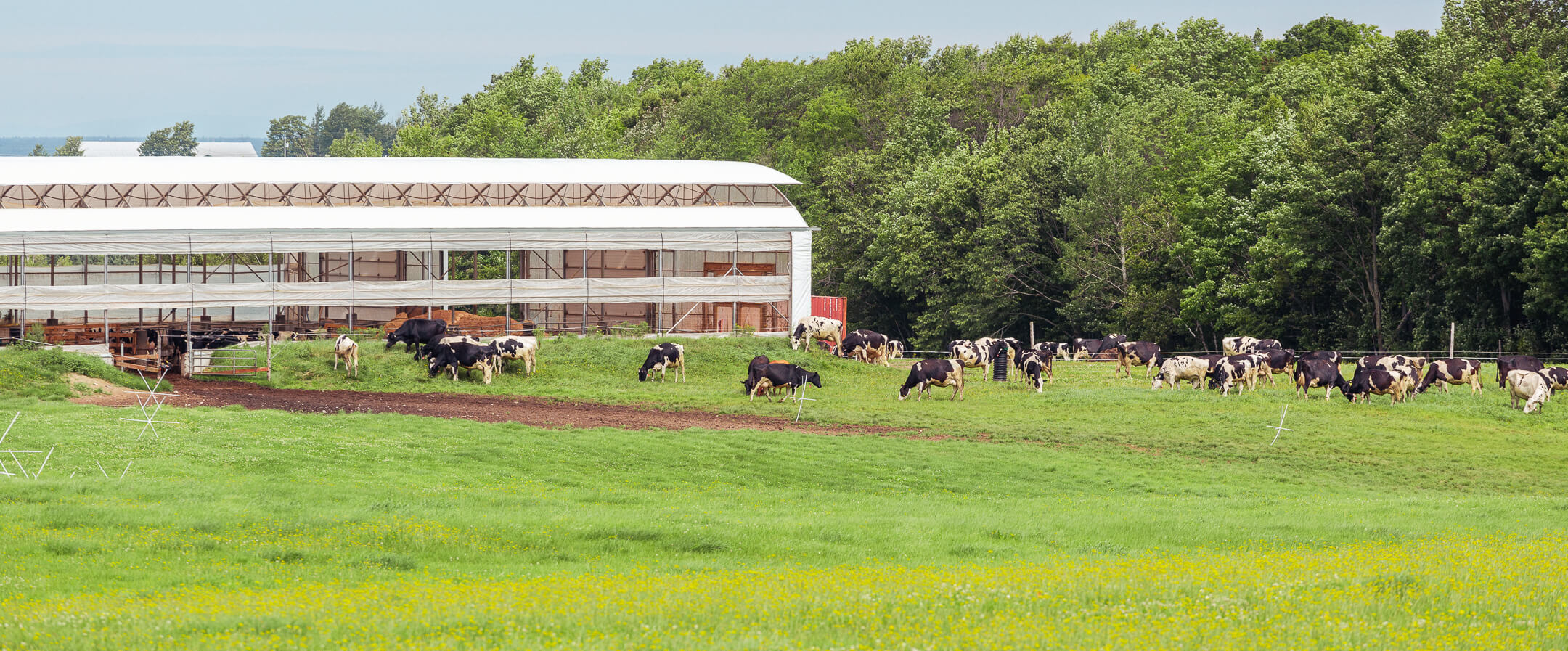
Certified organic since the late ‘60s, Alain’s cows feed on grass, corn, and soybeans in their pastures, where they’re free to venture outside as they like. Similar to Les Viandes Bio de Charlevoix, any by-product from cheese making is sent to the fields as fertilizer, and residual heat from the manure and compressor helps keep the floor under the milking robots nice and warm.
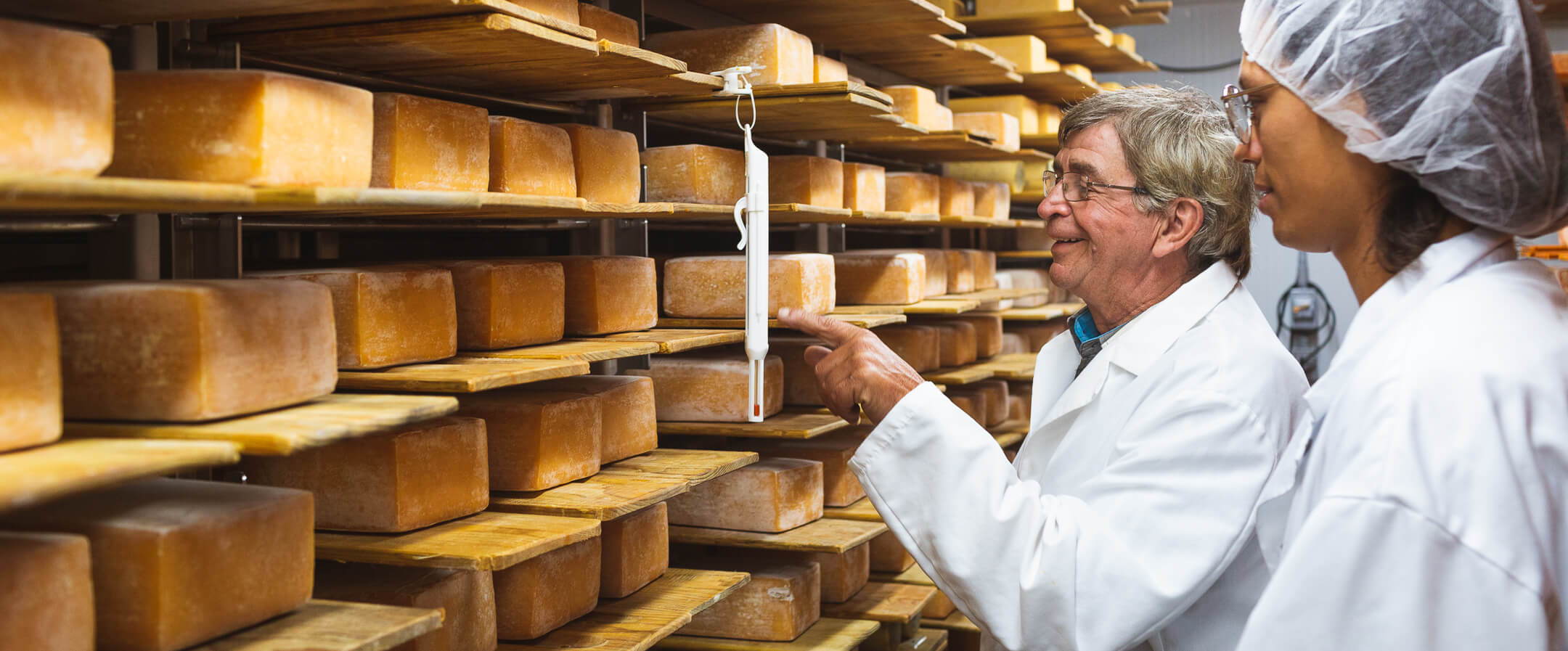
About 4000 wheels of cheese age patiently in the ripening room. All of Alain’s cheeses are lactose-free, and he offers some of the best in the fine cheese industry with his Meule des champs, recently awarded the silver medal among 4500 products at the World Cheese Awards.
